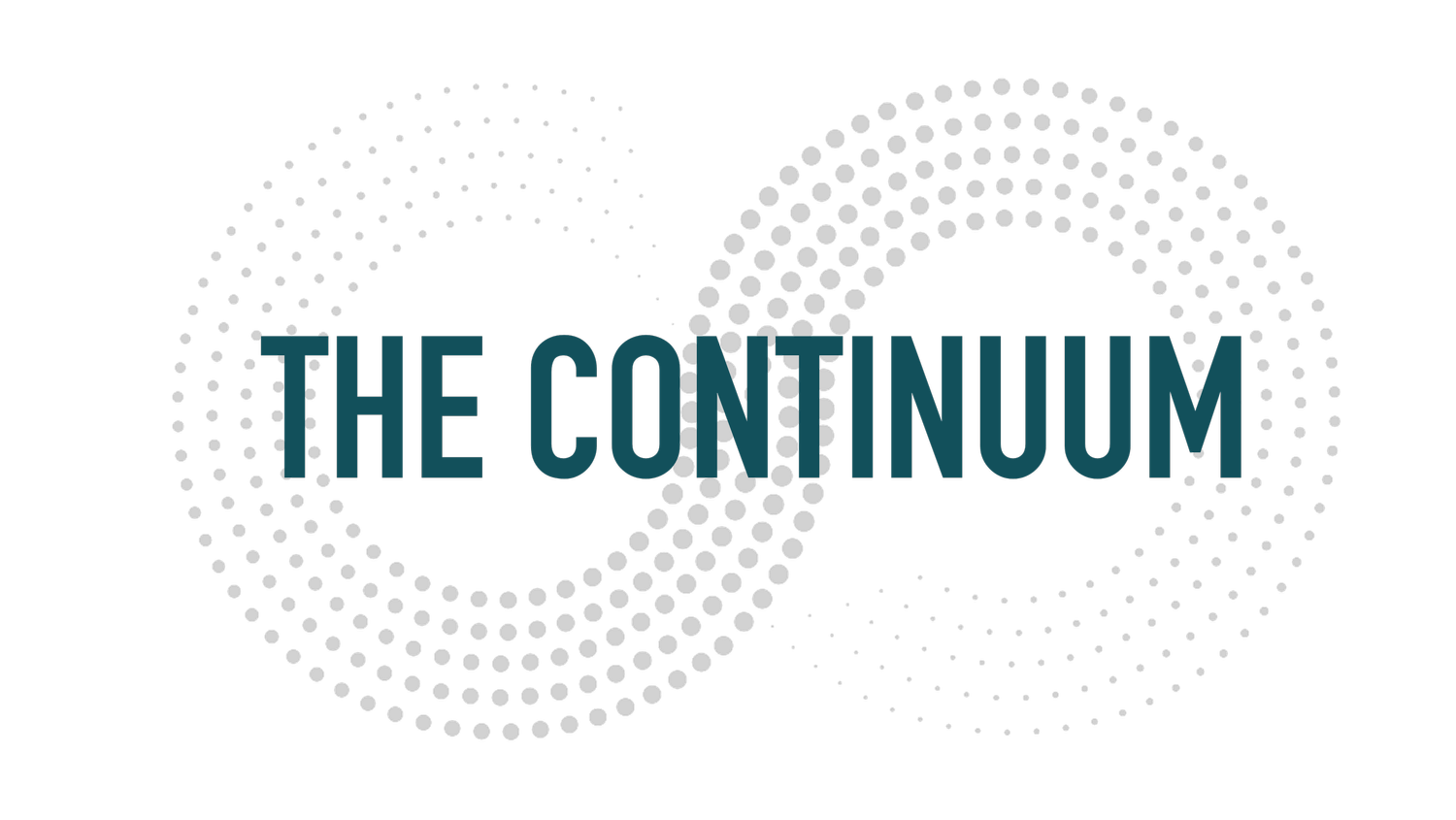Creative Confidence
"Good, fast, cheap — pick two."
I used to hear this every single time we pitched a new client when I was a young, emerging designer. The iron law of creativity, they said. Honestly, it kinda confused me! You couldn’t have it all. But now? AI promises to break that rule. It offers us a world where we can have all three—good, fast, and cheap. We get to have our cake and eat it too.
Or do we?
I was reminded of this story this week, as I was invited by Cannes Lions to speak to the Young Lions on the topic of Unshakeable Confidence. The premise? Confidence in myself.
But the truth is—I don’t have unshakeable confidence. What I do have is impeccable vulnerability and a lifetime of experiences shaped as creative confidence in the form of being a multi-dimensional creative who can inspire and educate audiences and brands. Ripper.
And lately, the question I keep hearing is:
"If AI is the ultimate efficiency tool, how do I stay relevant?"
This fear isn’t new. I remember it well. It was the same fear I felt as a young designer when I was told:
"Shingy, design is dead."
Desktop publishing was the AI of my generation. A revolution. A wave of new tools combined with new technology gave everyone access to the same 256 fonts, the same 16.7 million colors, the same inkjet printers. The same, same, same.
Panic set in. Jobs disappeared. The craft of bromides, Letraset, and typesetters—all gone. The industry took a dive. People got confused. I lost my confidence and creativity.
But after the wake, after the efficiencies, after the dust settled, something else emerged.
And it’s still emerging.
No amount of tools will ever replace taste, style, and point of view.
Because here’s the thing: creativity is not about tools. It’s about connecting things in ways others don’t see. And confidence? Confidence is about trusting those connections.
Maybe together, that’s the new marketer: Creative Confidence.
AI Can Make You Efficient—But Can It Make You Unforgettable?
The promise of AI isn’t just that it makes things faster or cheaper—it’s that it makes decisions for us.
It decides what content gets surfaced, what ads get placed, what stories get amplified. It predicts what we’ll like before we even know we like it.
But here’s the catch: AI can optimize, but it can’t dream.
And right now, we’re at an inflection point.
I’ve seen AI-generated creative that’s technically flawless but emotionally vacant. The problem isn’t just the uncanny valley of too-shiny models or slightly off-synced lip movements. It’s deeper than that.
AI content lacks a point of view. It doesn’t push boundaries. It doesn’t make you feel.
And in a world flooded with AI-generated sameness, the brands that stand out will be the ones that still have a soul.
The Creative Efficiency Trap
Yes, AI will save you time.
But what will you do with that time?
Because efficiency alone isn’t a strategy.
The most powerful brands aren’t the ones that churn out the most content. They’re the ones that create the most resonance. They make people stop. Think. Feel.
Creativity isn’t just about making things—it’s about making meaning.
If you’re only using AI to increase volume, you’re playing a game you’ll never win.
The best marketers will use AI not to replace their creativity, but to amplify it. To free themselves from the mechanical so they can lean harder into the emotional.
Because without a purpose beyond profit, without taste, without a clear point of view—people won’t work for you, and they won’t buy from you.
So, choose your creative efficiency wisely.
AI can help you say something.
But only you can make it matter.
So…
AI isn’t coming for creativity. It’s coming for thoughtlessness.
The brands that thrive in the next era won’t be the ones that automate everything. They’ll be the ones that know what to keep human.
Creativity is about making choices and connecting things. Make the ones that count.
February 24, 2025
© 2025 The Continuum

